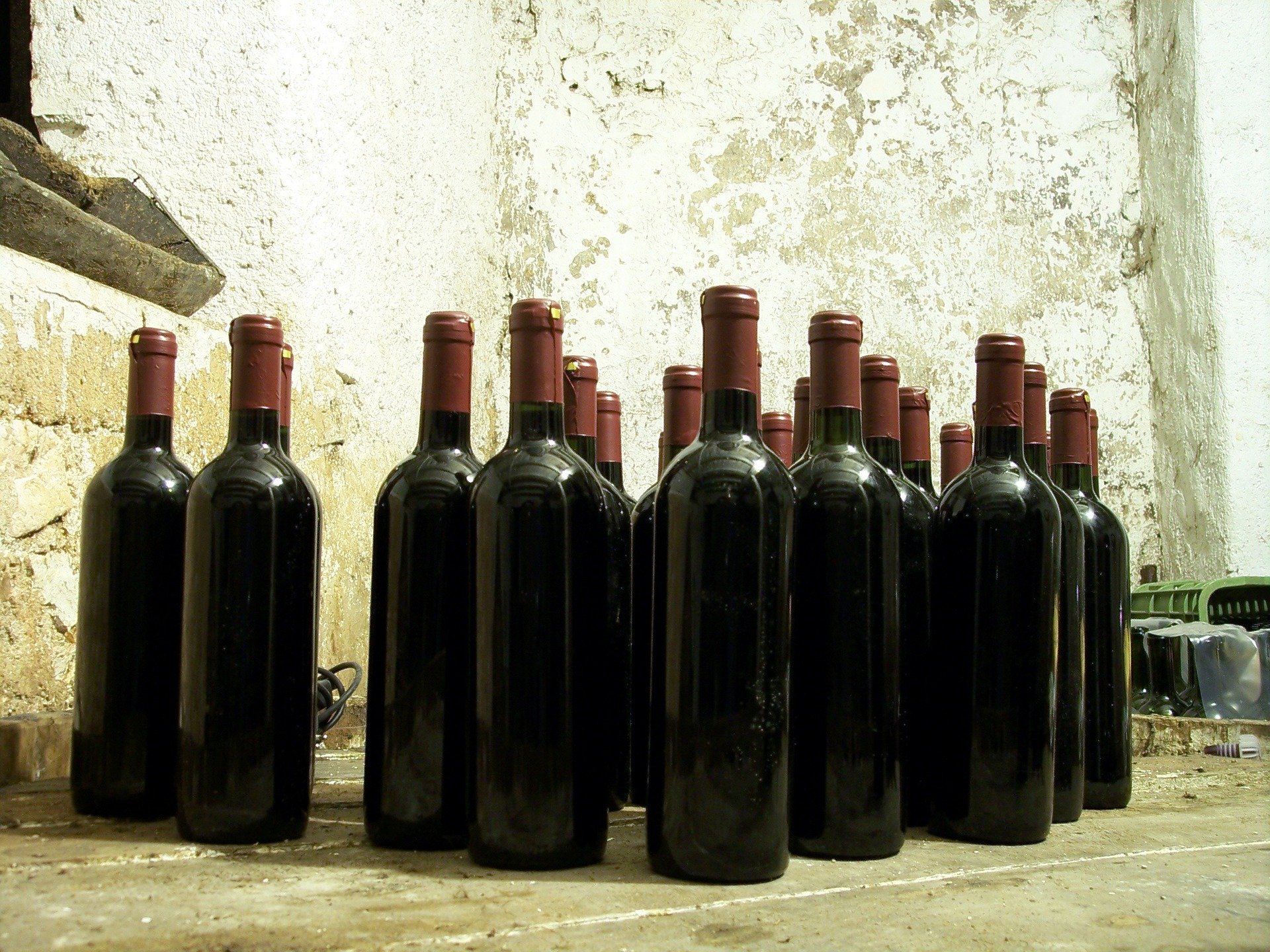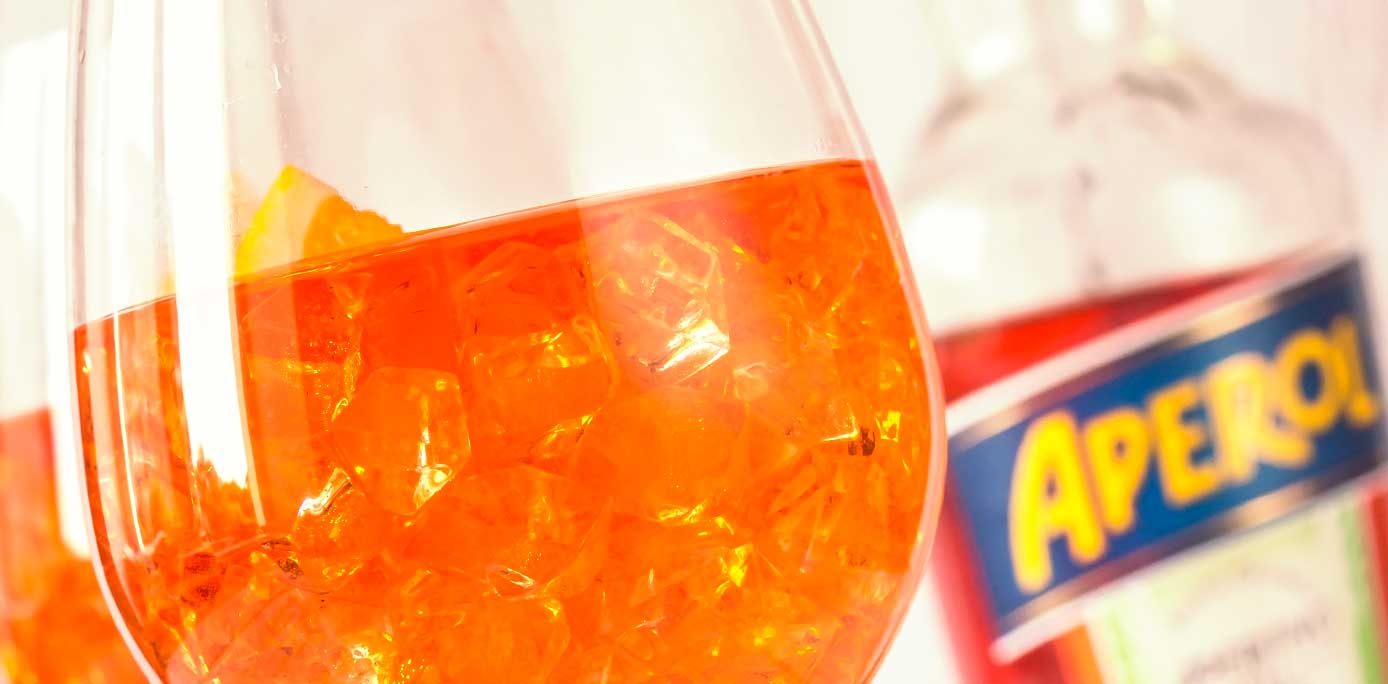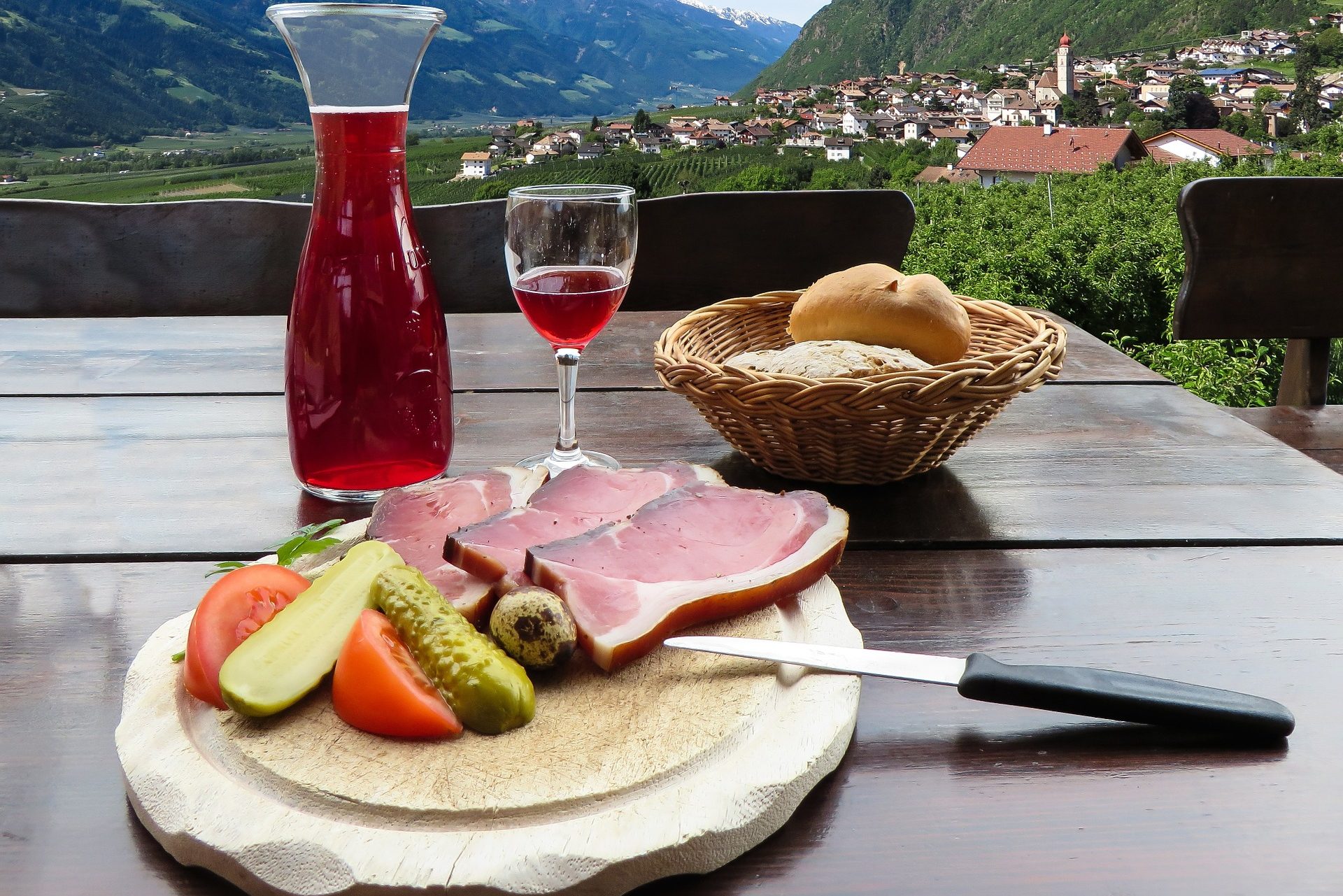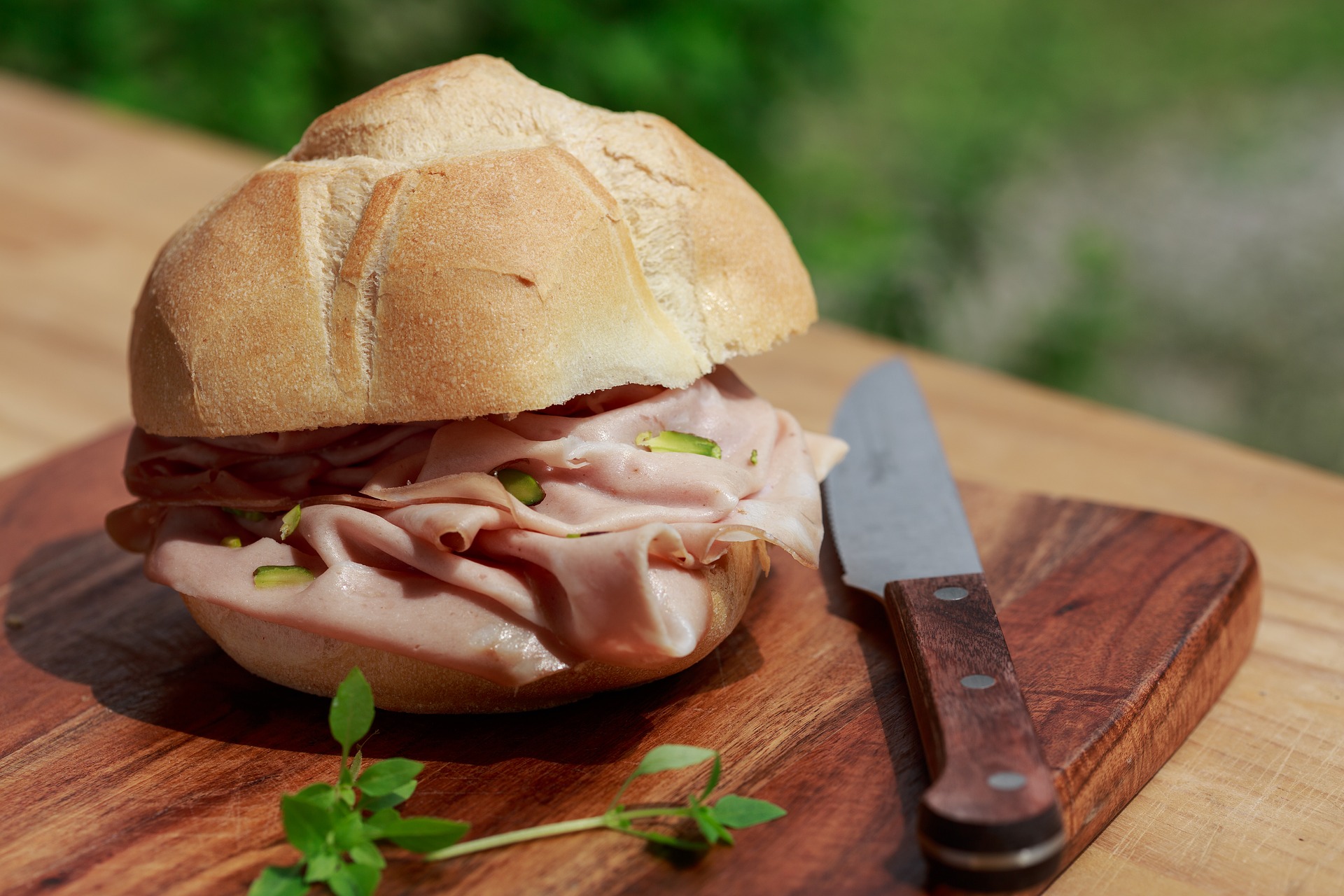I enjoy and appreciate Barolo and Barbaresco, the oft-referred to King and Queen of Italian wines, just as much as the next guy. Nebbiolo, the native Italian grape variety used to make Barolo and Barbaresco, is no doubt one of Italy’s greatest, indeed one of the world’s greatest.
That talk of Barolo/ Barbaresco seems to suck so much oxygen out of the conversational room is, however, unfortunate. It has become far too easy to miss out on other captivating expressions of Nebbiolo produced outside of the variety’s Barolo/Barbaresco stronghold of Piedmont’s Langhe. There are excellent alternatives waiting to be discovered, interesting expressions of Nebbiolo at costs that will leave your wallet feeling much happier than a visit with the King and Queen.
I shall direct your attention, then, north of the Langhe to an area known as Alto Piemonte. Here, there is nestled a collection of small, but wonderful appellations producing wines of grace and poise using Nebbiolo, locally called Spanna, as their principle variety.
Perhaps best known among Alto Piemonte appellations is the zone of Gattinara, awarded DOCG status in 1990. Gattinara wines communicate with refined intensity, gorgeous perfume and graceful tannins. Regulations call for Gattinara wines to be made from 90-100% Nebbiolo, allowing for the addition of varieties Vespolina, to a maximum of 4%, and Uva Rara, for a total of not more than 10%. The wines must be aged for 35 months, 24 of which are to be spent in wood.
To the east of Gattinara one can find the area’s other DOCG-qualified production zone of Ghemme, having earned that award in 1997. Production guidelines require Ghemme wines be made from a minimum 85% Nebbiolo, permitting Vespolina and/or Uva Rara to a maximum 15%. Persistent and intense on the nose, dry in the mouth, Ghemme wines tend to finish with a pleasant bitter note. Tannins can be a bit more evident when compared to those of Gattinara. Aging is carried out for a minimum 34 months, 18 of which must be passed in wood, followed by 6 months bottle aging.
The tiny production zone known as Boca gained DOC status in 1969. Boca’s disciplinare provides more latitude around the Nebbiolo component than do either Gattinara or Ghemme, still requiring, though, 70-90% of that variety, giving leeway for greater quantities of Vespolina and/or Uva Rara to a maximum of 30%. The wines are floral, with notes of spice, dry and fruity in the mouth, and a characteristically tart aftertaste.
I would enjoy wines from either of these denominations with first courses of pasta or risotto, meats, roasts, and game, hard or mature cheeses. Gattinara especially can be enjoyed as a vino di meditazione.
Nebbiolo is a variety that is intimately linked to its area of production. So sensitive is it to differences in terroir that what arrives in the glass can reveal even minor distinctions in soil and climate. That is why, in short, expressions of Alto Piemonte Nebbiolo are not simply replications of Langhe’s Barolo or Barbaresco. They are distinct from the Langhe wines, not better, not worse, but different, and unique among themselves, too. Nonetheless, underlying any differences, among all these Nebbiolo wines can be found similar characteristic elegance, intensity and complexity for which Nebbiolo has become known.
Comparisons, however, will ultimately be made, and I feel it fair to point out a few distinguishing features. The struggle for ripeness in the Alto Piemonte zones promotes high levels of acidity in the region’s wines. Producers may opt to soften acidity with small percentage additions of Vespolina and/or Uva Rara which, when done, supplies a silkiness of texture. And while I think it’s true that Piedmont Nebbiolo, broadly speaking, reflects a Burgundian sense of scale, it is perhaps more so the case with the Alto Piemonte wines. While capable of improving with age, Alto Piemonte Nebbiolo tends to mature sooner, allowing for earlier drinking than does classic Barolo/Barbaresco.
That I did not mention Nebbiolo wines from other Alto Piemonte appellations – Fara, Bramaterra or Sizzano, for example – is not meant to suggest they are wines of lesser interest, as that is not the case at all. Neither is it an omission that I have not written here of Nebbiolo from Valle d’Aosta’s Donnas denomination or Lombardia’s Valtellina. There are others. All are wonderful wines not to be missed and do not appear here only because this space is limited.

Nebbiolo is responsible for some of the world’s most alluring, ethereal wines. I encourage you to look beyond the sometimes overwhelming conversation orbiting Barolo/Barbaresco in order to become more broadly familiar with what Nebbiolo is all about.
Tasting Note:
Vallana Gattinara
Roses, earth, and black tea suspended over the loveliest cherry flavors. Massively elegant, gorgeous to hold in the mouth, the wine finishes with fine, silky-smooth tannins.
































